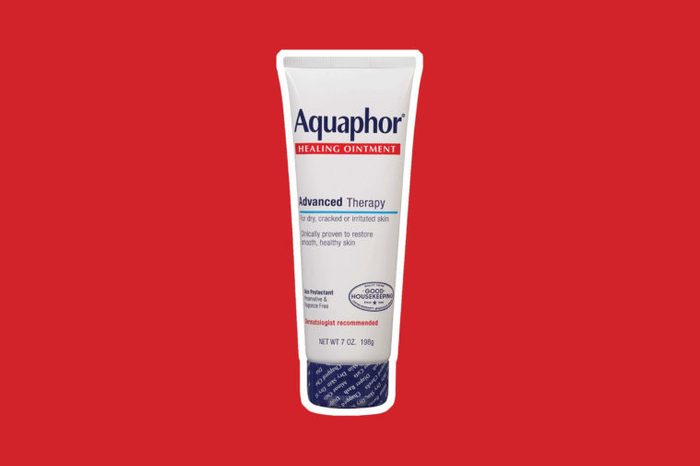
Eczema type: mild
If you have mild eczema, moisturizer is an ideal eczema cream. Telltale signs of mild eczema include one or two small, mild patches of inflammation on your body. Hydrating ingredients include lipids, ceramides, and, really, anything rich, says Michele S. Green, MD, a dermatologist at Lenox Hill Hospital in New York City. She is a fan of Aquaphor Healing Ointment and Eucerin Eczema Relief. The key is to use enough of it and apply it to damp skin, which helps to lock moisture in. It’s also important to take lukewarm, short showers or baths instead of super hot ones. Skip harsh soaps, wash clothes with perfume or dye-free detergent, and use a humidifier in the house. A humidifier can help reduce the frustrating itch-scratch cycle. See how else you can prevent an eczema flare-up in the cold weather.
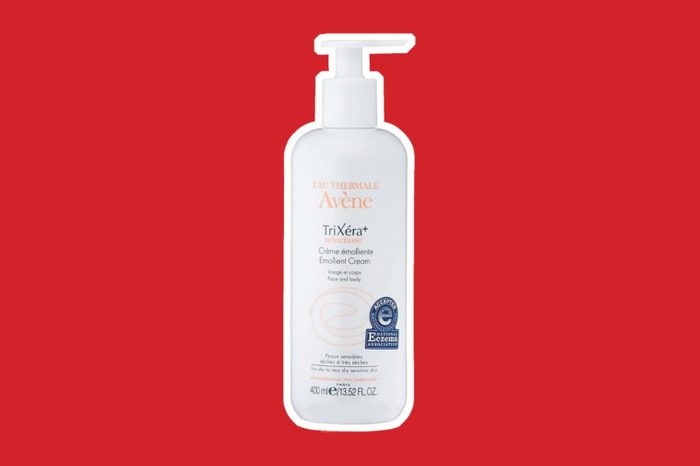
Eczema type: moderate to severe
Moderate to severe eczema can be itchy, dry, and easily irritated. If you have this kind of eczema, your skin’s barrier needs eczema cream repair STAT; make sure you’re not damaging your barrier function without realizing it. Barrier repair can lock moisture in and keep irritants and infectious agents out. Jeffrey Fromowitz, MD, a dermatologist in Boca Raton, FL, recommends Eau Thermale Avène’s TriXéra+ Selectiose Emollient Cream for moderate eczema. Interestingly, the National Eczema Association (NEA) gave its seal of acceptance to the Eau Thermal Avène brand. For severe eczema, Dr. Fromowitz steps it up to prescription strength Epiceram Controlled Release Skin Barrier Emulsion. Epiceram mimics the natural proportions of essential fats found in healthy skin which are lacking in eczema-prone skin.
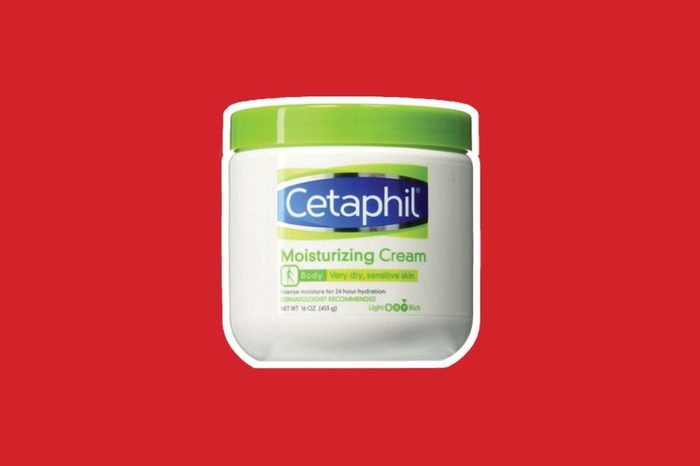
Eczema type: eyelid eczema or eyelid dermatitis
The eyelids are a delicate area and commonly affected by eczema, Dr. Green explains. “I use a gentle moisturizer such as Cetaphil and/or a mild steroid ointment to reign in inflammation,” she says. User beware: Steroids can cause thinning skin, which is especially concerning in the eyelid area where skin is already pretty thin. “Make sure you are in contact with your dermatologist when treating eyelid eczema.” (Psst: Do you have eczema—or is it something else?)
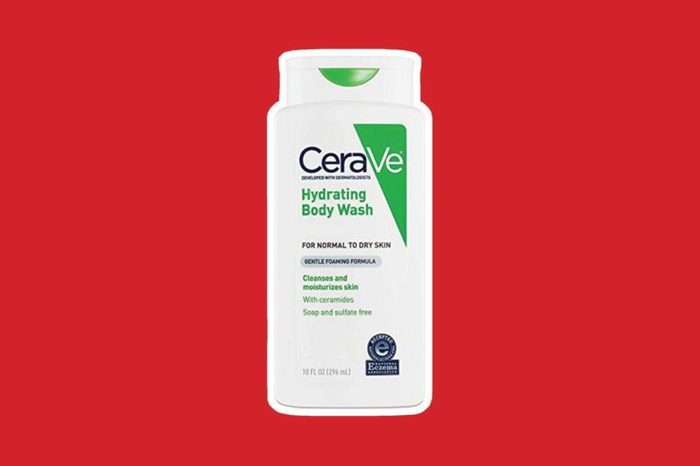
Eczema type: hand eczema
About 10 percent of people have hand eczema, according to the National Eczema Association. Symptoms can include redness, itching, dryness, cracks, and blisters. “I love to wash with Eucerin Skin Calming Wash or CeraVe Hydrating Cleanser, during the day,” says Peter A. Lio, MD, a clinical assistant professor of dermatology & pediatrics at Northwestern University Feinberg School of Medicine in Chicago. “Then use a lighter moisturizer such as Theraplex Hydrolotion so you can still shake hands, work with paper, and use a computer with getting grease everywhere.” He recommends “something heavier and more protective at night such as CeraVe Healing Ointment, Vaniply, Aquaphor, or Theraplex Eczema Therapy.”
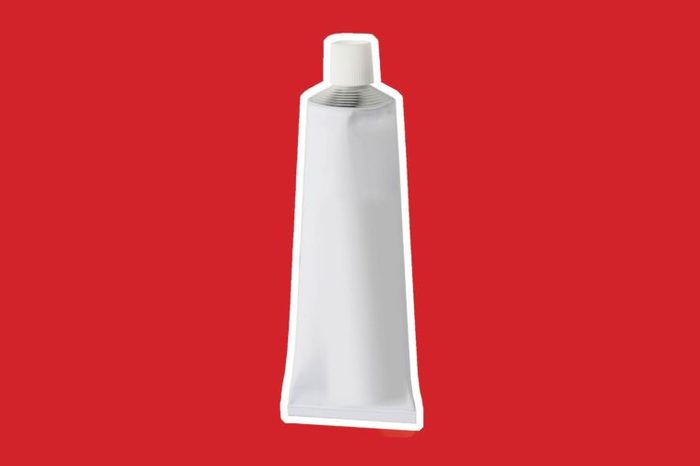
Eczema type: nummular eczema
Nummular eczema is characterized by stubborn coin-shaped (nummular) sores. “It tends to exist in and of itself, but we use similar treatments as we would for other types of eczema,” says Dr. Fromowitz. If eczema cream and moisturizers aren’t cutting it, OTC and prescription-strength steroid creams can help. So too, can non-steroid topicals, such as tacrolimus (Protopic) or pimecrolimus (Elidel). These help block an immune system chemical associated with inflammation. Another topical, crisaborole (Eucrisa), blocks certain enzymes within the skin that have also been linked to inflammation.
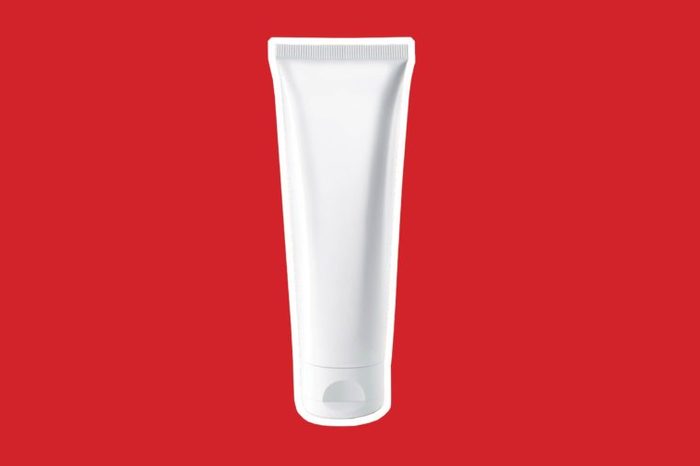
Eczema type: dyshidrotic eczema
This type of eczema looks and behaves a little differently than the others. Symptoms include itchy water blisters on your hands and feet. These blisters can also burn and cause prickling feelings on our palms and soles. Rich moisturizers and eczema creams may help. Soaking hands and feet in cool water or applying compresses to the affected area two to four times a day also help. Sometimes steroids or topical anesthesia are needed, the NEA points out. At the same time, they note that “there is no surefire way to prevent dyshidrotic eczema,” emphasizing the importance of skin care consistency. (See more expert fixes for your eczema flare-up.)
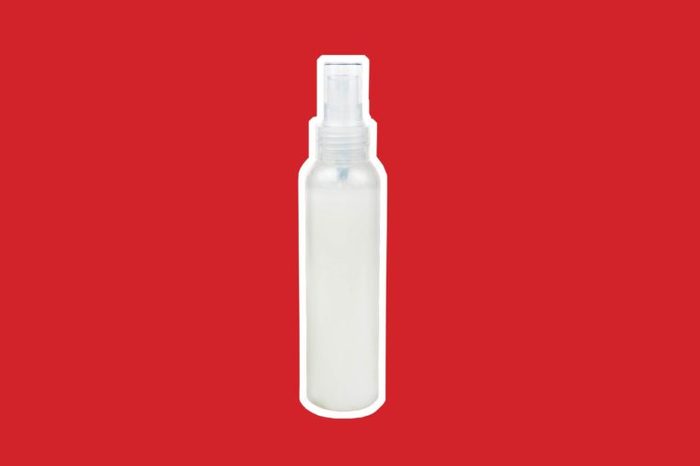
Eczema type: infectious eczema
Any type of eczema can become infected largely because the skin barrier is damaged, and irritants sneak in and cause skin infections, says Dr. Fromowitz. He explains that Alevicyn spray and gel can easily be applied to the skin. Additionally, it has anti-itch and antibacterial properties. Bleach baths may also help improve your eczema symptoms. In fact, the Mayo Clinic notes that a properly-diluted bleach bath is safe for children and adults, and especially beneficial when used in conjunction with other eczema treatments like moisturizers. They suggest adding 1/4 to 1/2 cup of bleach to a 40-gallon bathtub filled with warm water and soaking from the neck down. The Mayo Clinic says this can help “kill bacteria on the skin, reducing itching, redness, and scaling.”
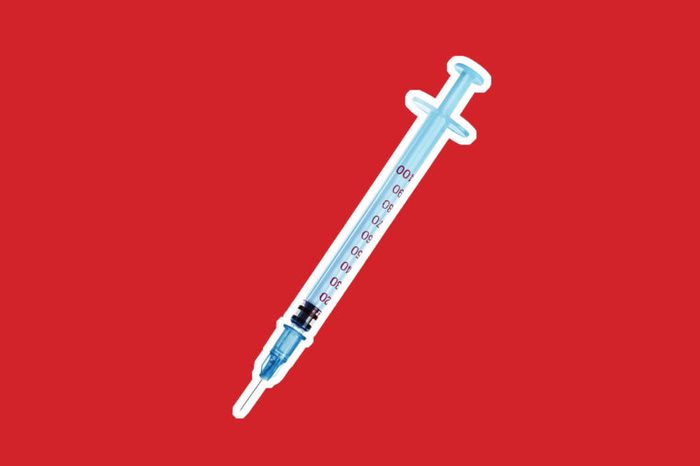
Eczema type: severe
Eczema and body-wide inflammation may go hand-in-hand and a new eczema treatment, Dupixent, could help. The NEA notes that Dupixent is a biologic. This means it’s a drug that takes “an ‘inside out’ approach to treating inflammatory conditions by addressing the issue at the immune system level, the root cause of many diseases.” Given as an injection once every other week, it plays a role in blocking key proteins thought to contribute to eczema and inflammation. Dr. Lio says, “It is a powerful medication that seems to give nearly three-quarters of my patients great relief, and almost everyone at least some improvement.” Emma Guttman-Yassky, MD, PhD, vice-chair of research, department of dermatology and professor of dermatology, Icahn School of Medicine at Mount Sinai in New York City, agrees. “You don’t have to be covered in eczema to benefit from Dupixent,” she says.
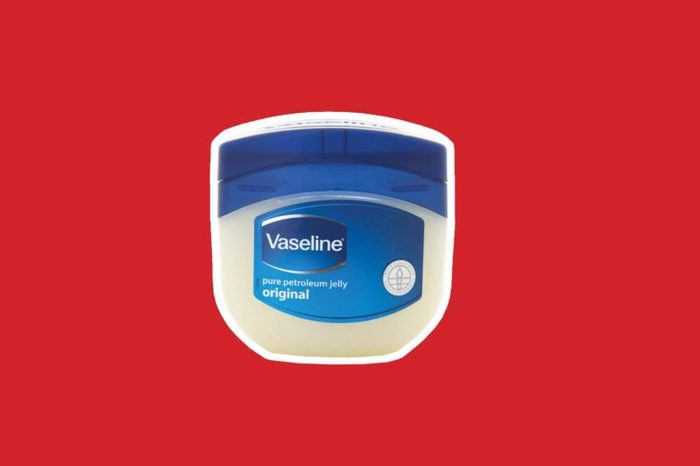
Eczema type: newborn eczema
Babies who are at high risk of developing eczema may benefit from low-cost Vaseline; it’s a must-try drugstore hack for babies. Details published in a 2017 issue of the peer-reviewed medical journal, JAMA Pediatrics, notes that rubbing petroleum jelly on a baby for the first six months of life is a cost-effective way to reduce the infant’s chances of ever developing atopic dermatitis (eczema). Vaseline, which is much cheaper than many eczema creams, works well.
Medically reviewed by Elizabeth Bahar Houshmand, MD
Next, check out eczema causes you may be missing.
